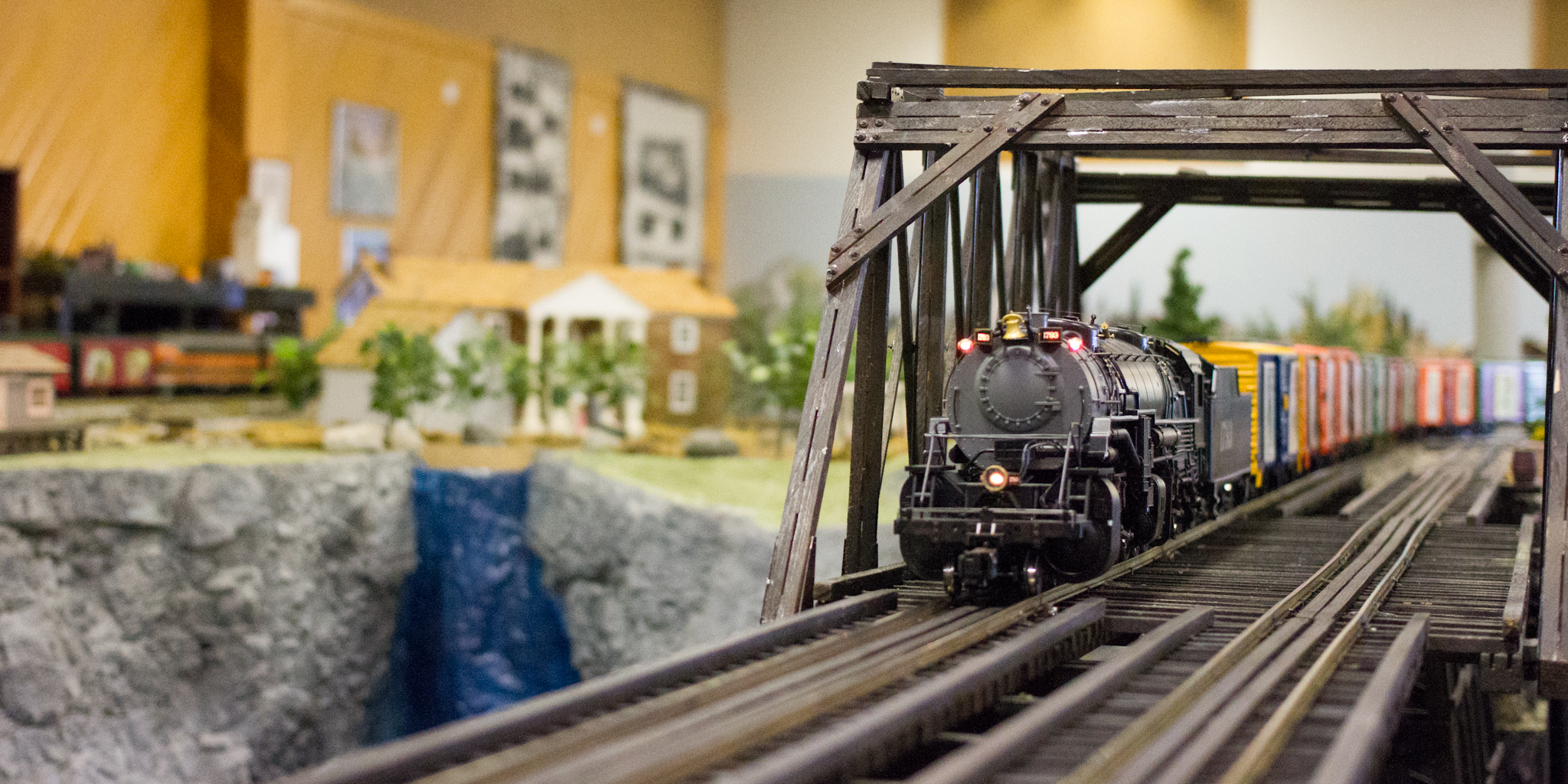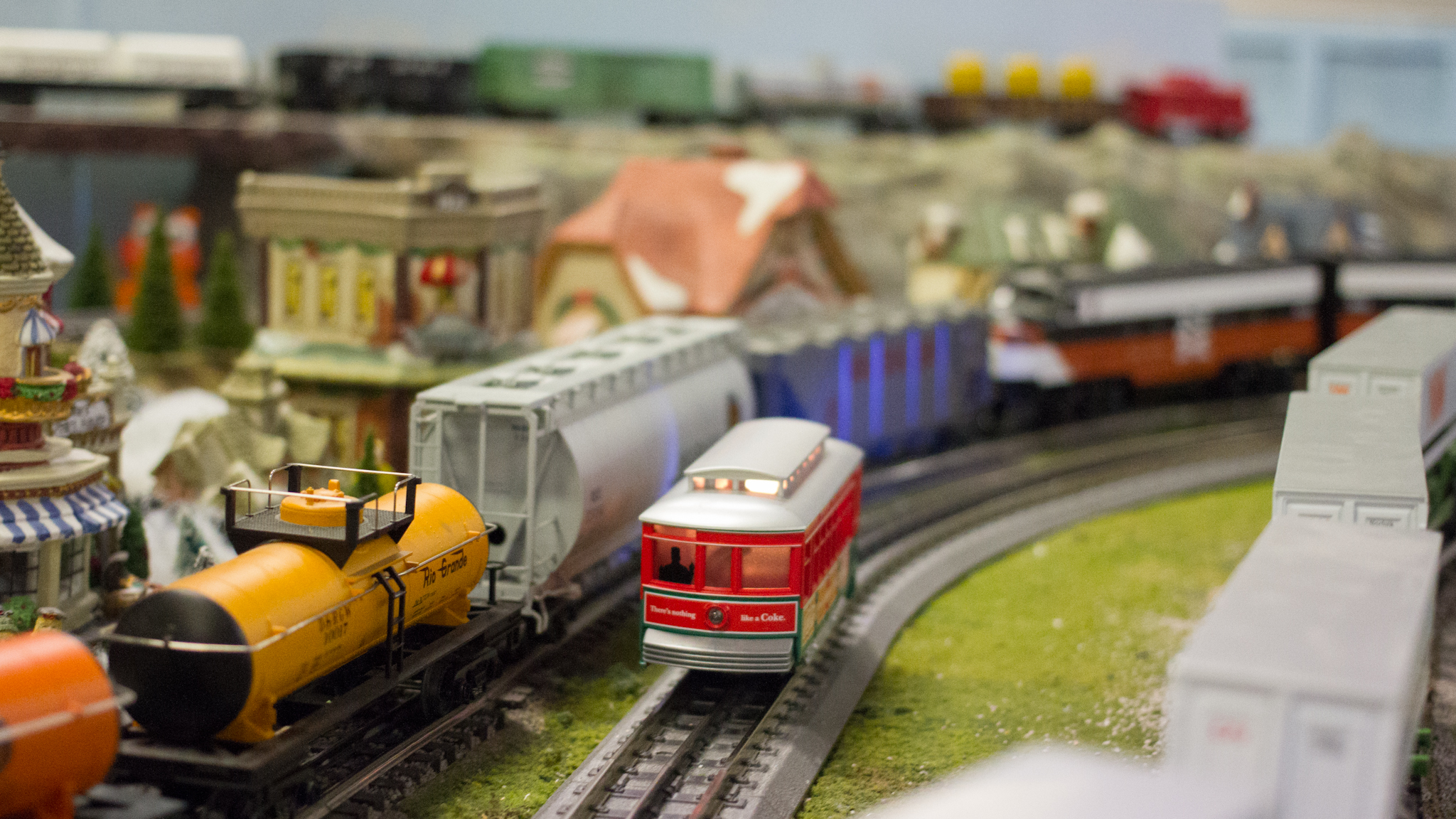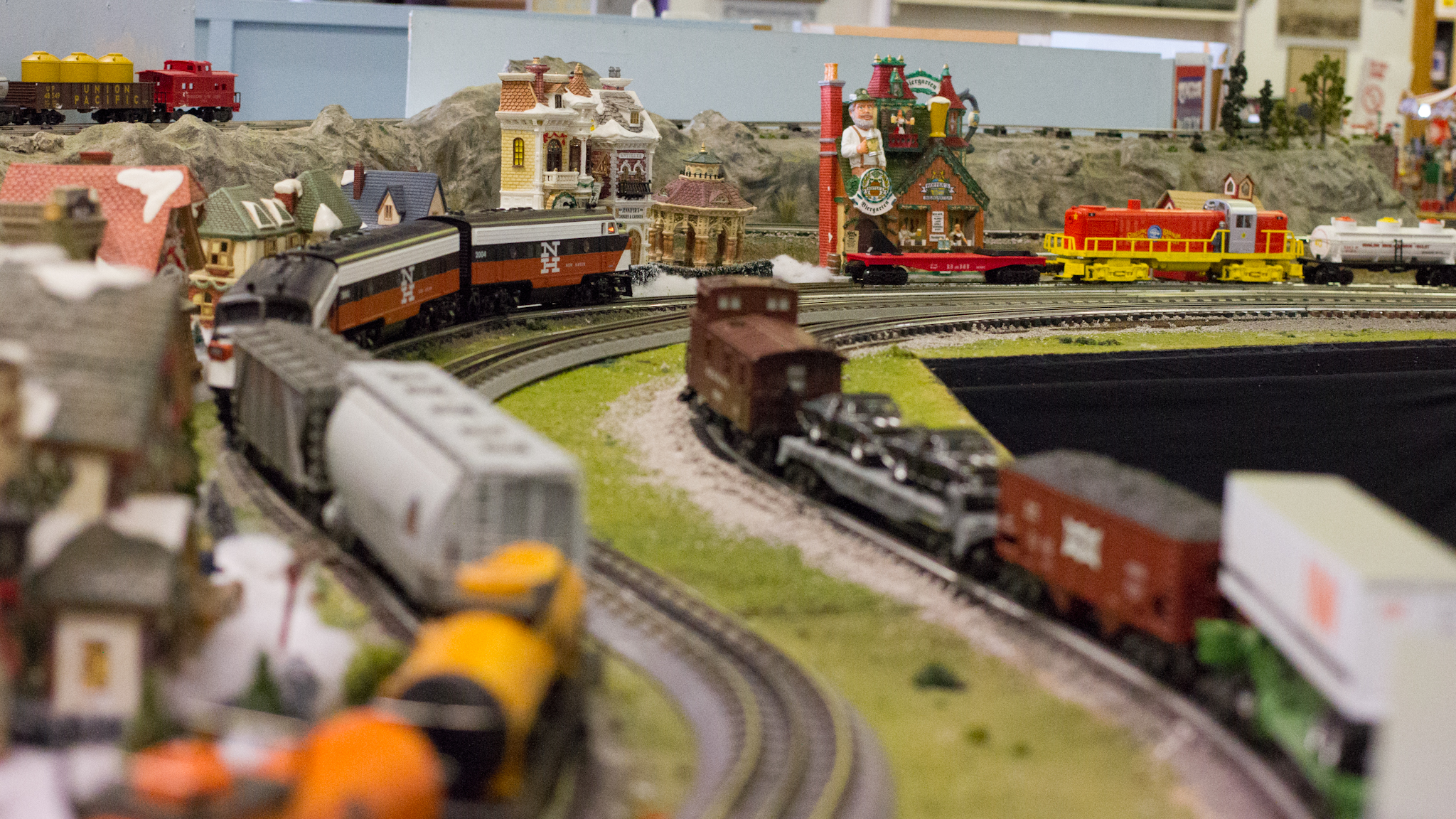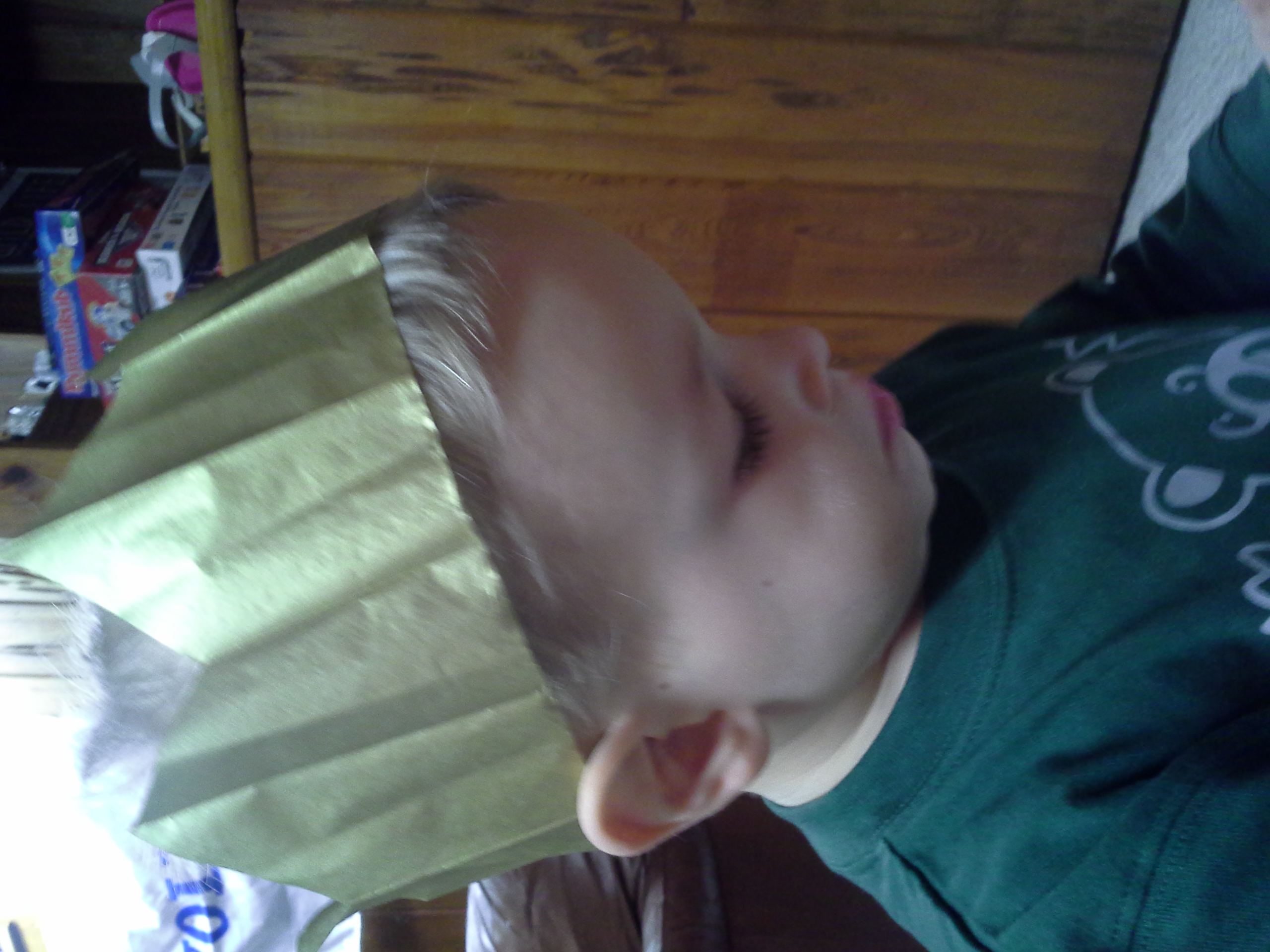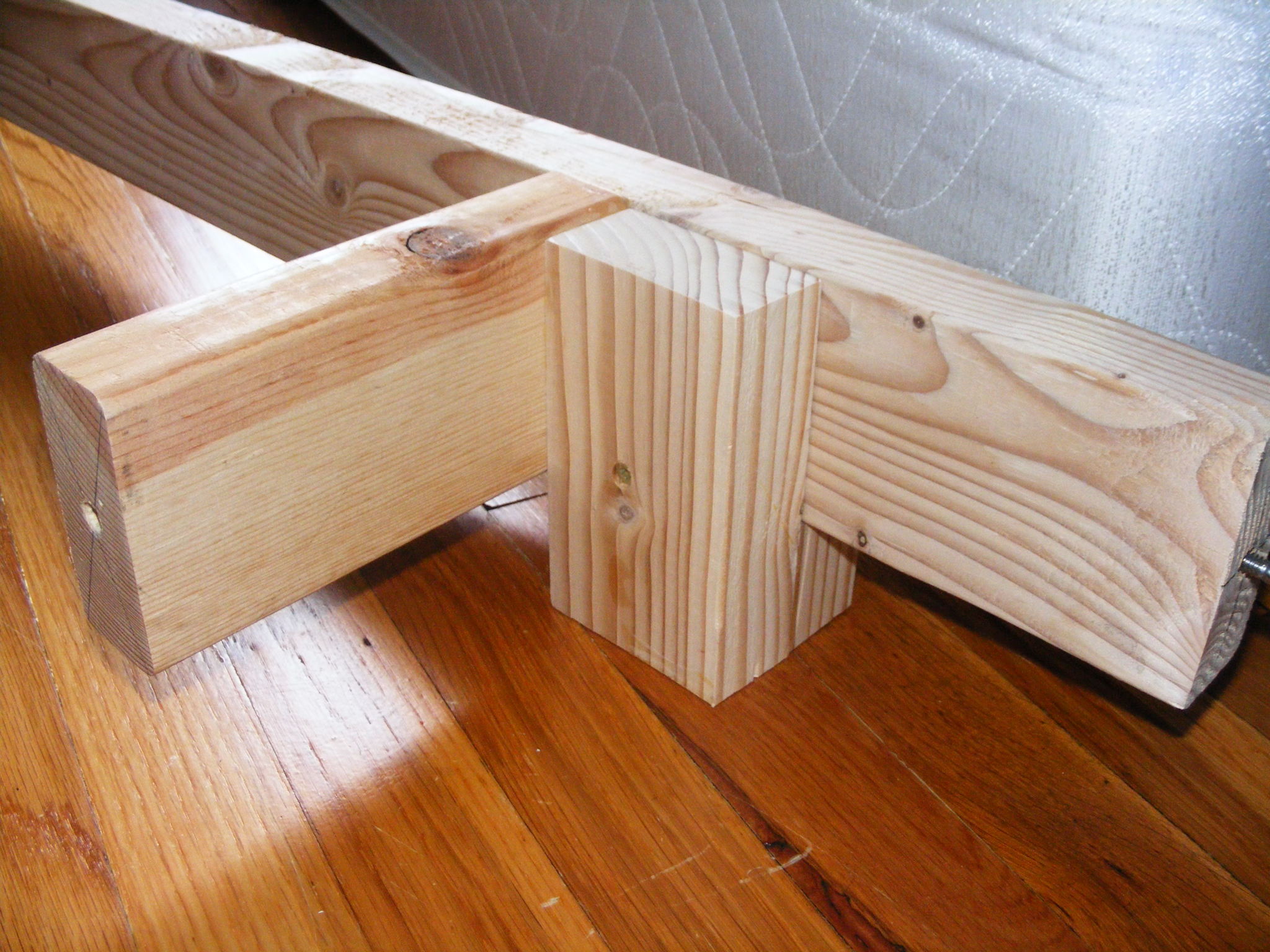How We Learn is a book that reads like a great NPR story, and I mean that in the best way possible. It takes you on a journey, first through your brain and then through the history of learning research, before landing on some practical steps you can take to improve your own learning in specific situations.
Don't let the promise of "history" and "research" lull you into thinking the book is a boring one - in fact, after reading the first 100 pages across the course of several days (squeezing in a handful of pages whenever possible), I was finally able to sit down and read the remaining 130 pages uninterrupted. Ironically, the large chunk of reading began with Chapter Six: "The Upside of Distraction." Well, there may indeed be upsides to distraction when it comes to learning, but I was glad to be able to sit down and finish the book anyway.
How We Learn: The Surprising Truth About When, Where and Why It Happens is the kind of title that prepares me to be a little skeptical. I came into the book thinking it was going to be positioned as some expert telling me why everything I thought I knew was wrong (or some kind of sensationalist thing like that). Certainly I have read plenty of insightful books that have shifted my perspective or broadened my view of a topic (Malcom Gladwell's The Tipping Point and Outliers come to mind, though I was less a fan of Blink), but for some reason I was expecting the book to wind up like a bad Netflix documentary - pushing buttons just because they exist without really saying anything of substance.
I am happy to report that I was wrong.
This book was written by a New York Times reporter who has been with the newspaper since 2004, and his expertise as a science journalist shines through in How We Learn. Carey doesn't claim to be a scientist, a researcher, or a leader in the field of learning, and as such he does not attempt to inject any sense of nose-in-the-air authority into his words. He writes as one who has done a lot of reading on the topic; he has talked with many people who have dedicated their lives to the field. While he doesn't introduce any new research, Carey also does not simply regurgitate the results of others' work. Rather, the author takes the findings of these researchers and uses them to look back on his own life before considering how they might apply more broadly to us as his readers. In addition, several of the researchers whose work Carey cites actually helped in the process of reviewing the book to make sure he was accurate in his reporting.
As I mentioned before, the book begins with a look at what we know about how the brain works (particularly as it pertains to learning). It's an interesting summary that lays the groundwork for some later stories, helping readers to understand them better. From "how the brain works," Carey progresses into a section I'd summarize as "how learning is affected by specific variables." This is the part where he not only shares some of the latest research, but also shows how scientists arrived at this point. It's a fascinating look at the history of learning theory, and Carey does a great job of mentioning larger historical trends (such as Freudian psychology) that affected scientists' decisions on where to go next. After reviewing the lands that learning research has traveled through, Carey brings us up to speed on the latest of "what we know now" and uses it to suggest several practical (I daresay actionable) ways that we can improve learning in our own lives.
The book wraps up with a brief Q&A section that serves as a recap of everything Carey just finished saying; it also serves as a quick reference guide for the major topics of the book. While How We Learn is a pretty easy read, it also contains a ton of information, so it's nice to have a refresher at the end of the book to consolidate everything that was included.
Overall, I really enjoyed this book and came away wishing I owned a copy (mine was from the library) so that I could reference it down the road as I actively try to learn new skills and information. It's very practical in addition to being informative, and I may end up purchasing a copy of my own.
One feature I'd like to add to my book reviews (starting with this one) is a list of people I would recommend the book to. So, here we go - I would recommend How We Learn to:
- Caitlin Metzger (my wife) because she's a great teacher and would be able to effectively leverage the book's material to help her piano and violin students continue to succeed.
- Betty Metzger (my mom) because she is also a great teacher who would be able to bring the book's concepts into her K-6th music classroom.
- Ben Eicher (my brother-in-law) who is heading into high school next year and could put the book's techniques to work as he continues his academic career.
How We Learn is an expertly-woven tale of how our brains work and how we can use them more efficiently. I'll give it three stars today and an additional two stars the day after tomorrow (to help the book commit its five-star rating to memory!)








